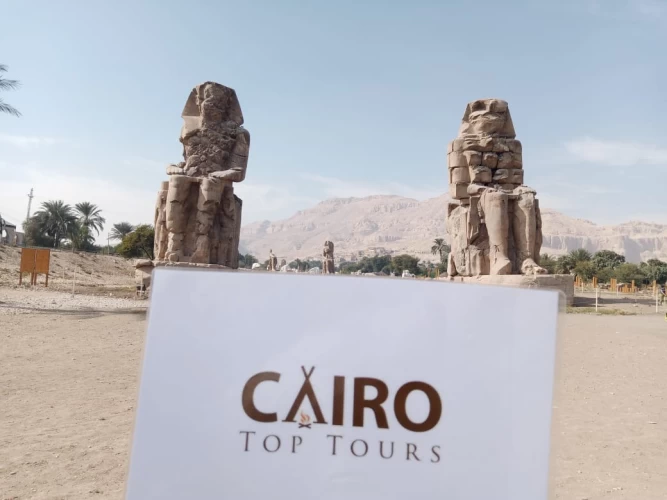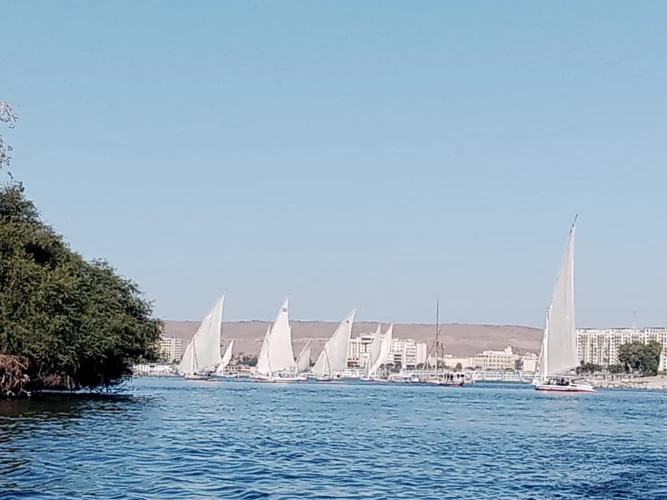Our staff will greet you in the foyer of your Aswan hotel after you are driven from Aswan to Luxor in an air-conditioned car. The Luxor Temple, once known as Ipt Reset, or the Sanctuary of the South, will be our first stop.
The splendor of New Kingdom architecture is represented by the beautiful temple built by Amenhotep III on the banks of the Nile in the city now known as Luxor. This pharaoh was not satisfied with his two additions to the Karnak Temple; he wanted to build a special temple to draw closer to the god Amun-Ra, the god of the empire, to boast of his works, and to record his divine origins on its walls.
This pylon was beautiful beyond beauty with the elegance of its columns, the harmony of its parts, the delicacy of its inscriptions, and the tranquility and splendor of its themes. However, Ramses II shattered this tranquility with his wars, which he depicted on its outer walls and on the facade of the huge pylon he built.
The Valley of the Kings comprises a total of over sixty tombs, in addition to about twenty incomplete tombs that are only pits. The Valley of the Kings' tombs are identified by a chronological finding number and the abbreviation KV (King's Valley). The tombs are excavated into a limestone mountain; some royal tombs, such as those of Ramses II (KV7), are as long as 213 meters and some fall as far as 100 meters into the mountain's interior. Scenes from the departed monarch's trip to the otherworld are painted on the walls of the chambers and hallways, and formulae from funerary texts are written there to assist the king in overcoming every challenge. Eventually you will return back to your hotel.






















